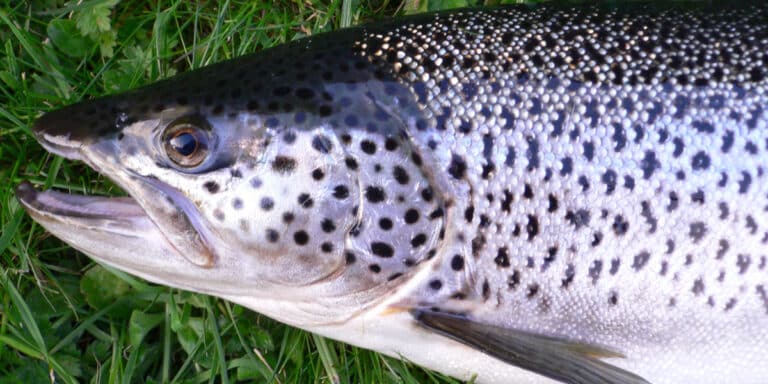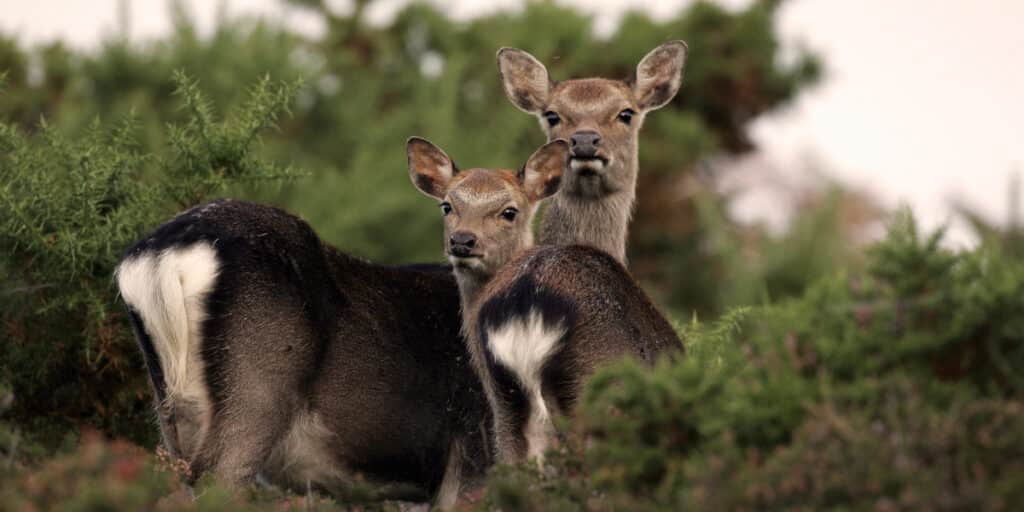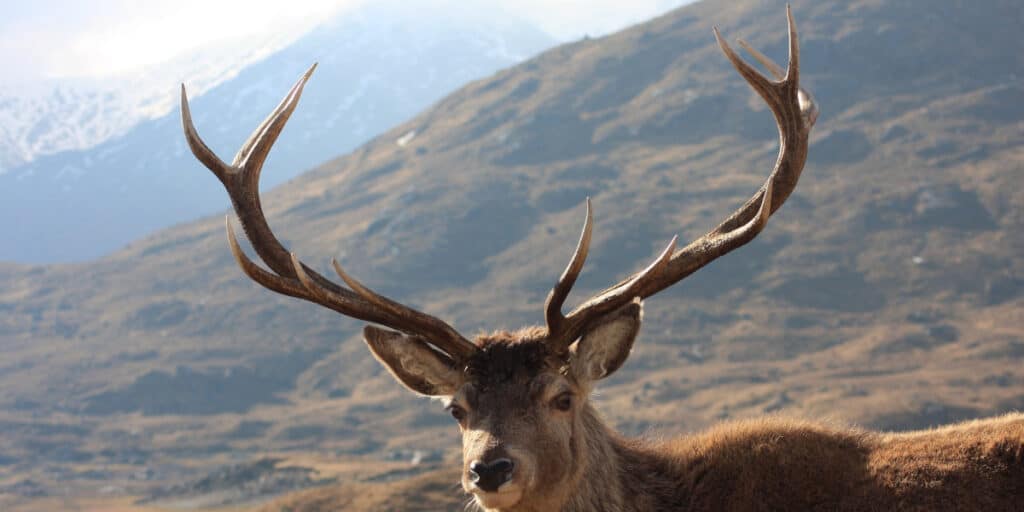Sea Trout fishing in Scotland is an experience like no other. The thrill of casting your line into the pristine waters, the anticipation as you wait for that tell-tale tug, and the exhilaration of reeling in a beautiful, silvery sea trout – it’s an adventure that’s hard to match. Scotland, with its rich fishing heritage and stunning landscapes, is a paradise for anglers. Whether you’re a seasoned fisherman or a novice looking to try your hand at sea trout fishing, Scotland offers an unforgettable experience.
In this blog post, we’ll take you through the best locations for Sea Trout fishing in Scotland, share the magic of this sport, and provide practical tips and insights to help you make the most of your fishing adventure. We’ll also delve into the importance of conservation and the role of anglers in preserving Scotland’s sea trout population. So, grab your fishing gear and let’s dive in!
Best Locations for Sea Trout Fishing in Scotland
Scotland is home to numerous rivers and lochs teeming with sea trout. Each location has its unique charm and offers a different fishing experience. From the tranquil banks of the River Tweed to the rugged shores of the Isle of Skye, the variety is astounding.
One of the top locations for sea trout fishing is the River Spey, known for its fast-flowing waters and abundant sea trout population. The river’s wide, sweeping bends provide excellent opportunities for fly fishing. Another prime location is the River Tay, Scotland’s longest river, where sea trout are plentiful during summer.
With its diverse range of fishing spots, the South Esk River is a favourite among anglers. The river’s lower beats are particularly renowned for sea trout fishing. The River Dee, with its crystal-clear waters, is another excellent location. The sea trout in this river are known for their size and fighting spirit, providing a thrilling challenge for anglers.
While these are some of the top locations, many other hidden gems in Scotland offer fantastic sea trout fishing. Each location has unique features; part of the adventure is exploring these beautiful spots. Local knowledge is invaluable in fishing, so don’t hesitate to chat with local anglers or fishing guides.
The Magic of Sea Trout Fishing in Scotland
Sea trout fishing is more than just a sport in Scotland; it’s a tradition steeped in history and a way of life for many. The magic of sea trout fishing lies in its connection with nature. It’s about the thrill of the chase, the patience and skill involved, and the sheer joy of being out on the water.
Sea trout are a prized catch for anglers. These fish are known for their fighting spirit and the challenge they present. Catching a sea trout requires skill, patience, and a bit of luck. But the feeling of landing one of these beauties is well worth the effort.
Scotland’s rich fishing heritage adds another layer to the magic of sea trout fishing. The country’s rivers and lochs have been fishing grounds for centuries, and fishing traditions have been passed down through generations. As you cast your line in these waters, you become part of this rich heritage.
But sea trout fishing isn’t just about the catch. It’s about appreciating the stunning Scottish landscapes, the rivers and lochs’ tranquillity, and the anglers’ camaraderie. These experiences and memories make sea trout fishing in Scotland genuinely magical.
The South Esk: Scotland’s Premier Sea Trout River
The South Esk River holds a special place in the hearts of sea trout anglers. This river, located in eastern Scotland, is renowned for its sea trout fishing. The South Esk’s fast-flowing waters and diverse fishing spots make it a premier destination for sea trout fishing.
The river’s lower beats, mainly, are a hotspot for sea trout. These areas offer excellent fly-fishing opportunities, especially during the summer when sea trout are most active. The South Esk’s sea trout are known for their size and fighting spirit, providing a thrilling challenge for anglers.
Fishing in the South Esk is not just about the catch; it’s about the experience. The river’s stunning scenery, with its rolling hills and lush greenery, adds to the charm of fishing. Whether wading in the river or fishing from the bank, the South Esk offers a tranquil and enjoyable fishing experience.
Conservation is an essential aspect of fishing in the South Esk. Anglers play a crucial role in preserving the river’s sea trout population and maintaining the health of the river ecosystem. By following sustainable fishing practices and respecting fishing regulations, anglers can ensure that the South Esk remains a premier sea trout river for generations.
Reviving Scotland’s Sea Trout Population
Sea trout are a vital part of Scotland’s aquatic ecosystems. However, like many fish species, they face various challenges, including habitat loss, pollution, and overfishing. Reviving Scotland’s Sea trout population is a priority for conservationists, and anglers play a crucial role in these efforts.
The status of the sea trout population in Scotland is a concern. Numbers have declined in some areas, and efforts are underway to understand the causes and implement solutions. Conservation initiatives include habitat restoration, pollution control, and promoting sustainable fishing practices.
Anglers are at the forefront of these conservation efforts. By following catch and release practices, respecting fishing seasons, and adhering to fishing regulations, anglers can help ensure the sustainability of the sea trout population. Anglers are also the eyes and ears on the water, and their observations can provide valuable insights into sea trout behaviour and health.
There have been success stories in sea trout conservation, with some areas seeing an increase in sea trout numbers. These successes are a testament to the efforts of conservationists and the angling community. However, much work must be done to ensure the long-term survival of Scotland’s sea trout.
A Comprehensive Guide to Fish Species in Scotland
Scotland’s rivers and lochs are home to a diverse range of fish species. From the mighty salmon to the elusive sea trout, the variety of fish in Scotland’s waters is astounding. This diversity makes Scotland a top destination for anglers.
Sea trout hold a special place among Scotland’s fish species. These fish are prized for their fighting spirit and the challenge they present to anglers. Sea trout are most active during the summer months, making this the best time to fish for them.
But Scotland’s waters have more to offer than just sea trout. Salmon, pike, perch, and grayling are other species that anglers can catch. Each species requires different techniques and strategies, adding to the excitement of fishing in Scotland.
Knowing the best locations and times to catch different species can enhance your fishing experience. For example, the River Tay is renowned for its salmon fishing, while the lochs of the Scottish Highlands offer excellent pike fishing. Local knowledge is invaluable, so seek advice from local anglers or fishing guides.
Sustainable fishing practices are crucial when fishing for any species. By respecting fishing regulations and practicing catch and release, anglers can help preserve Scotland’s diverse fish populations and ensure that future generations enjoy the thrill of fishing in Scotland’s beautiful waters.
Recreational Fishing: The Joy of Salmon and Sea Trout Fishing
Recreational fishing is a popular pastime in Scotland. The country’s abundant rivers and lochs, diverse fish species, and stunning landscapes make it a paradise for anglers. Whether you’re a seasoned angler or a beginner, the joy of fishing in Scotland is an experience to cherish.
Salmon and sea trout fishing is special in recreational fishing in Scotland. The thrill of catching these prized fish, the skill and patience required, and the beautiful settings in which to fish make for an unforgettable experience. Whether you’re casting your line in the River Spey’s fast-flowing waters or the Highlands’ tranquil lochs, the joy of salmon and sea trout fishing is hard to match.
Getting started with salmon and sea trout fishing can be daunting for beginners. But don’t worry; plenty of resources are available to help you learn the ropes. From fishing guides and tutorials to fishing courses and workshops, there are many ways to learn how to catch these magnificent fish.
Scotland’s fishing regulations are designed to protect fish populations and ensure the sustainability of the sport. It’s important for all anglers, whether they’re fishing for fun or sport, to adhere to these regulations. This includes respecting fishing seasons, practicing catch and release, and obtaining the necessary fishing permits.
The joy of recreational fishing goes beyond the catch. It’s about the connection with nature, the camaraderie among anglers, and the sense of peace and tranquillity from being on the water. So grab your fishing gear, head to the nearest river or loch, and experience the joy of salmon and sea trout fishing in Scotland.
Tips and Techniques: How to Catch Sea Trout
Catching a sea trout is a thrill like no other. But it’s not just about luck. Skills and techniques are involved, and knowing these can significantly enhance your chances of landing a sea trout.
The first step in catching a sea trout is choosing the right equipment. A sturdy rod and a good-quality reel are essential. For bait, flies are a popular choice for sea trout. The fly you choose can depend on the time of year, the location, and the day’s conditions.
Casting techniques are also essential when fishing for sea trout. The key is to cast your line upstream and let it drift down with the current. This mimics the movement of the sea trout’s natural prey and can entice the fish to bite.
Once you’ve hooked a sea trout, the real challenge begins. These fish are known for their fighting spirit and reeling them in requires skill and patience. Remember to keep the line tight and to reel in slowly and steadily.
Safety is also essential when fishing for sea trout. Always be aware of your surroundings, especially when fishing near fast-flowing waters or remote locations. And remember, fishing should be a fun experience, so always respect the fish and the environment.
A Deep Dive into Sea Trout Fishing in Scotland
Sea trout fishing in Scotland is a tradition steeped in history. Scotland’s rivers and lochs have been a source of sustenance and a way of life for centuries. Today, sea trout fishing is a popular sport and a cherished pastime.
The history of sea trout fishing in Scotland is a tale of tradition and change. The methods and techniques have evolved from the early days of subsistence fishing to the modern sport of fly fishing. But the thrill of the catch and the connection with nature remain at the heart of sea trout fishing.
Sea trout fishing is not just a sport but part of Scotland’s cultural heritage. The stories and lore surrounding sea trout fishing testify to its importance in Scottish society. From tales of legendary catches to the rituals and customs associated with fishing, sea trout fishing is woven into the fabric of Scottish culture.
But sea trout fishing is also a sport of the future. With ongoing conservation efforts and a growing interest in sustainable fishing practices, sea trout fishing is set to continue to thrive in Scotland. As we look to the future, the tradition of sea trout fishing will continue to evolve, but its essence will remain the same – a connection with nature, the thrill of the catch, and the joy of being on the water.
The Best Time of Year for Fishing in Scotland
Scotland offers excellent fishing opportunities throughout the year. However, the best time for fishing can depend on the species you’re targeting. For sea trout, summer is generally the best time to fish.
Sea trout are most active during the summer, especially at night. This is when they come into the rivers to spawn. The long summer days and warm temperatures make this a pleasant time to be on the water. Plus, the summer months coincide with the fishing season for sea trout, which typically runs from April to October.
Weather conditions can also affect fishing. Calm, overcast days are often the best for sea trout fishing. These conditions can make the fish less wary and more likely to bite. However, sea trout can be caught in various conditions, so don’t be deterred if the weather isn’t perfect.
Remember, fishing regulations and seasons are in place to protect fish populations and ensure the sustainability of the sport. Always check the local rules and obtain the necessary permits before fishing.
Exploring the Best Sea Fishing Spots in Scotland
Scotland’s coastline offers some fantastic sea fishing opportunities. From the rugged cliffs of the north coast to the sandy beaches of the east coast, there are plenty of spots to explore.
Sea fishing can offer a different challenge to river or loch fishing. The species you can catch can vary, and the techniques can differ. But the thrill of casting your line into the open sea and anticipating what you might see make sea fishing an exciting prospect.
Sea trout can be caught in many of Scotland’s coastal waters. These fish are often found in estuaries and coastal rivers during summer. Sea fishing for sea trout can be a thrilling experience, with the fish constantly putting up a strong fight.
It’s essential to be aware of the tides and weather conditions when sea fishing. Safety should always be your top priority. And remember, fishing regulations apply to sea fishing as well, so be sure to follow the rules and respect the marine environment.
Whether you’re a seasoned sea angler or a beginner looking to try something new, sea fishing in Scotland offers an exciting and rewarding experience. So why not grab your rod, reel, and explore Scotland’s best sea fishing spots?
Sea trout fishing in Scotland is a unique and rewarding experience. Whether you’re exploring the best fishing locations, learning about the magic of sea trout fishing, or delving into the history and future of this sport, there’s always something new to discover. So why not grab your fishing gear and embark on your sea trout fishing adventure in Scotland? Happy fishing!



